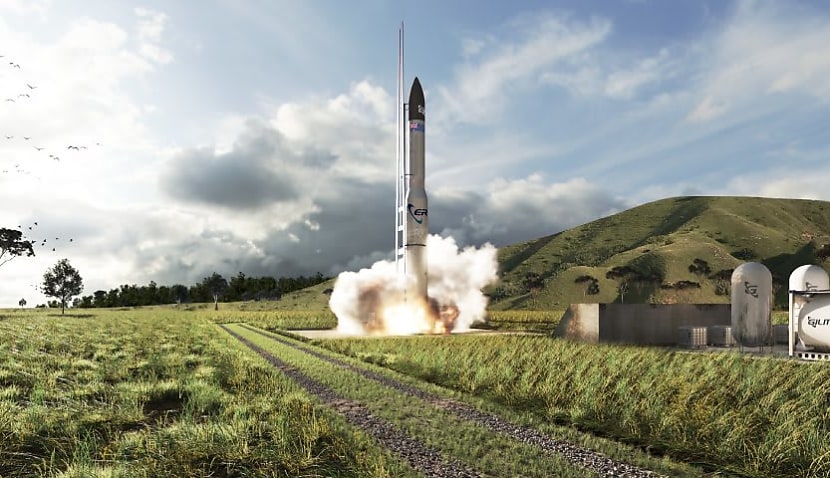
The plan to create a new inertial navigation system (INS) is being backed by an $855,000 grant from the Australian Space Agency, as part of its Moon to Mars initiative.
Inertial navigation systems use motion and rotation sensors, such as gyroscopes, to deduce a spacecraft’s position, and are designed to operate when traditional satellite navigation systems fail.
The new technology will initially be tested via simulations but could ultimately be used to support Gilmour’s Eris rockets and Elara satellite platforms in low-Earth orbit.
“From lift-off to payload deployment, each stage of the rocket’s journey demands precision engineering and coordination,” Advanced Navigation said.
“All electronic and fibre optic hardware must be able to withstand massive shock, vibration, shifting gravity, payload impact and extreme temperature change.
“They must be flawlessly integrated into the entire system, as a slight misalignment or miscommunication at any stage could be hazardous and result in a mission failure.
“The onboard INS consists of a plethora of high-end sensors, including accelerometers and gyroscopes, sensitive enough to detect the smallest change in noise and vibration.
“To ensure accurate and reliable performance, these delicate components must be shielded from the extreme forces experienced during launch. One innovative solution is the integration of a high-shock enclosure – a protective barrier encircling the INS housing.
“This enclosure acts as a cushion between the system and the surrounding structure, absorbing and redistributing intense g-forces from engine ignitions and launch vibrations.
“By dampening these shocks, the enclosure prevents disruptive forces from reaching the sensors, preserving their precision in the harshest conditions.”
Advanced Navigation said the technology would be tested by simulating a rocket launch, including seeing how the technology stands up to sudden shocks, extreme temperatures and rapid pressure changes.
“The simulations create the perfect storm for system failure, in which the INS must survive being repeatedly shaken, frozen, heated, smashed, crushed and pulled – a series of critical milestones to overcome before it is truly ready for blast-off,” it said.
The funding that will enable the collaboration has come through the Supply Chain Capability Improvement Grants program, which is part of the wider Moon to Mars initiative that aims to invest $150 million over five years to grow Australia’s space sector.
Gilmour, meanwhile, has still yet to reveal when it will open the launch window for its Eris rocket after securing its licence to blast off late last year.
In its latest LinkedIn post, Gilmour advised the public against attempting to watch the inaugural launch in person when it happens, given the “high likelihood of delays or scrubs”.
“We will not be providing a live stream as our priority is ensuring mission safety and success,” it said. “A video of the launch will be shared soon after.”
Gilmour Space Technologies has been developing its three-stage launch vehicle for eight years and hopes to address a gap in the global market for small satellite launch providers.
It was granted the launch licence, an Australian first, by Science Minister Ed Husic in November under the Space (Launches and Returns) Act 2018.

Adam Thorn
Adam is a journalist who has worked for more than 40 prestigious media brands in the UK and Australia. Since 2005, his varied career has included stints as a reporter, copy editor, feature writer and editor for publications as diverse as Fleet Street newspaper The Sunday Times, fashion bible Jones, media and marketing website Mumbrella as well as lifestyle magazines such as GQ, Woman’s Weekly, Men’s Health and Loaded. He joined Momentum Media in early 2020 and currently writes for Australian Aviation and World of Aviation.
Receive the latest developments and updates on Australia’s space industry direct to your inbox. Subscribe today to Space Connect here.









